12 Best Tips for Planning a Vegetable Garden

Best tips for planning your vegetable garden. These are my ten best tips, for myself and for you as you start to plan this year’s garden. This post contains affiliate links.
A Garden DreamerJust so you know up front…I am a garden dreamer. I dream of beautiful gardens. Planning a garden is probably my favorite part of having a garden. Spring brings big hopes and visions of the best garden yet.
However, the truth is I can be a really neglectful gardener. There are years that the weeds are so tall that you can barely see the pumpkins. So please don’t read this post and think I have it all together.
My husband gave me a reality check just last night. I was rambling on about how much I would love to build a greenhouse. A beautiful greenhouse made from windows that I have been saving over the years. You know, an uncomplicated, very simple project.
He looked at me sweetly with a look in his eye that said…”I’m about to tell you something that you aren’t gonna like.” He said “I will be more likely to build a greenhouse when I can see a real sustained effort in the garden. ” GASP! I think he just told me “no!” Ouch! Not only did he tell me, no, but he called me out on my neglectful gardening! By sustained, do you mean even when it’s really hot and humid outside? Hmmm….I’m not sure I really want a greenhouse after all!
All that to say, this post is for me as much as it is for you! Let’s plan a garden that we can maintain! Here are my twelve best tips for planning a vegetable garden.
Vegetable Garden Planning Tip 1: Plan Your Garden with Reality in Mind
This is the most important thing. Here is where we…(yes, I am dragging my husband into this) go wrong. We dream a bit too big. A big garden is our dream, however, we have a huge family and a lot of responsibility. You probably have lots of plates spinning as well. So, let’s plan a garden that we can actually keep up with.
I know for certain that this is usually our first mistake. We plan a quarter-acre garden when in reality we can only truly maintain 1/8 acre at best.
Homestead Garden Planner
I have a really great planner in my Etsy Shop. It includes several pages for seed inventory and garden layout, also growing records for keeping track of yield, plus pages for canning inventory.
Visit my Etsy Shop for Printable Planners and Seed Packets
Garden Planning Tip 2: Find Access to Free or Cheap Mulch
Start working on this long before garden season. We have found that when the electric co-op sends their trucks through our area to trim trees, they will gladly dump the mulch on our property.
When we lived in the city and gardened, there was a mulch place where we could get mulch for free, he would bring it home by the truckload.
It may take some asking around, but put forth the effort now, and get yourself a good mulch pile going before you need it.
Deep mulch can be a lifesaver when it comes to weed control. Plus, as it decomposes year after year, it adds nutrients and life to your soil.
Garden Planning Tip 3: Consider Light and Shade
If you are starting from scratch, really observe your yard or property for where the sun shines most during the day. Fast-growing vegetables need 6-8 hours of sun a day. Positioning your garden from North to South will give the most sun exposure. A garden oriented from East to West is likely to shade itself.
Consider your more delicate produce like lettuce, spinach, kale or herbs. They appreciate some shade, and lettuce especially will taste bitter if it gets too much hot sun.
Root vegetables like carrots and beets can do well with less than six hours of sun, they can grow well with just four hours.
Garden Planning Tip 4: Consider Container Gardening
If you have a small space or if your yard has too much shade. Consider planting some vegetables in containers. You can then control the soil conditions and move them to the best light. Here is a post on growing lavender in containers.
Garden Planning Tip 5: Think About How You Will Water Your Garden
You may have the most perfect sunny spot in mind, but if you don’t have easy access to water in that spot, your garden may fail. If you mulch heavily, you may not have to water much. However, we are at the mercy of the weather. If you don’t want to haul buckets of water, make sure that you can at least run a long hose to your garden area.
Drip lines are really ideal, so it may be worth your time to really consider how you want to water your garden. Make sure that the location you choose has easy access to water.
It’s best to give your garden a good drink every few days, rather than a light watering every single day. Deeper watering encourages deeper roots and therefore stronger plants.
Garden Planning Tip 6: Get to Know your Soil
I know, if you are anything like me, this part makes you cringe. It just seems like so much work to take soil samples and make amendments to the soil. I get it, however, it really isn’t that hard, and it doesn’t really need to be complicated. You can send soil off to be tested, or you can buy home testing kits. Just plan for this now, ahead of time, not the week that you want to go out and plant your garden!
Feel your soil in your hands. Pick it up and really examine it. You can tell a lot by how it looks and feels. Good rich soil looks black and is loose and crumbly. Do you see worms when you dig down? Is it full of life? Does the soil pack down tightly and stick together? Then you probably have too much clay.
Most soil issues can be fixed with the right amendments. Compost and manure go a long way to helping poor soil. It does take time. We brought manure in for several years before we really started seeing vast improvement.
A Warning About Manure
The second year we gardened at our present home, we hauled in truckloads of horse manure. It was not fully composted, which was pretty obvious. We didn’t know that this is super important, especially if you are bringing mature from somewhere else. As a result of spreading that manure, we have battled the most demonic weeds ever. That manure contained the seed of what we refer to as demon week, it grows rapidly and has thorns…the bane of my gardening existence.
Tip for Homesteaders:
Last year we planted our big garden (too big really) in the area where we ran our pigs the year before. We had a friend come in and use a 3 point tiller on a small tractor to till up the area. It was unbelievable how those pigs turned our rocky mediocre ground into beautiful black soil!
We also clean out our chicken houses and spread that on the soil as well.
Even with my neglect, we had mountains of pumpkins, gourds, corn, watermelon, and tomatoes from that area.
Garden Planning Tip 7: Grow What You Like in the Amount you will Use
We can get so ambitious planning our beautiful gardens that we can easily forget that we will need to do something with all of the produce! If you don’t like tomatoes, don’t plant six tomato plants. There is no rule that a vegetable garden has to have tomatoes!
One year I planted four habanero plants, with plans to make habanero jelly. Guess how many habanero plants would have been enough? Half of one! Guess what you cannot even give away? Habaneros!
If you don’t have a large family and if you don’t love to can, one of each plant is probably plenty for most vegetables like tomatoes, peppers, and squash. Of course, it’s nice to have extra produce to share, but too much produce can also be a burden. So keep it reasonable.
Garden Planning Tip 8: Plan for Garden Seeds
Time is essential if you are considering starting your garden from seed. Most plants need 6-8 weeks before the last frost date in your area. That means if your last frost date is April 10-20th, your seeds will need to be started by the end of February or early March. This will allow for plenty of time to germinate and have strong plants to transplant to the garden.
Some vegetables are very easy to start from seed and do very well being transplanted. If you are new to gardening and new to starting seeds, here is a list of plants that are easy to start from seed inside before the last frost:
- tomatoes
- peppers
- eggplant
- okra
- peas
- melons
Seeds you can sow directly in the ground
Some veggies do just fine being sown directly in the ground. Pumpkins and winter squash have a later harvest date, therefore sowing them in the ground well after the last frost usually works out just fine. Peas should be planted even before the last frost date, usually as soon as the ground can be worked.
- Lettuce
- Carrots
- Pumpkins
- Squash
- Beets
- Peas
- Green beans
- Radishes
- Turnips
- Cucumbers
Garden Planning Tip 9: Order seeds in January
With more and more people growing their own produce, some varieties can sell out quickly! Make sure you order your seeds or get to your garden center in enough time to get your pick!
Garden Planning Tip 10: Include Flowers in Your Vegetable Garden
Including flowers in your vegetable garden not only makes for a beautiful aesthetic, but many flowers are also great companion plants and attract beneficial pollinators (you know bees). Here are a few flowers to include in your garden and their benefits!
- Marigolds- This one is widely known to be beneficial to your garden. Not my favorite flowers, but they are easy to grow. The benefits include deterring rabbits and other garden pests. How about confusing hornworms, squash beetles, and whiteflies by planting marigolds in with your other plants? There may even be proof that they work underground as their roots put off a chemical that deters underground pests.
- Zinnias- This is one of my favorite flowers to plant in the garden. They attract bees and are just so easy to grow! Perfect for cutting as well! Some say they attract Japanese beetles, so they could be used as a trap crop. When we get Japanese beetles, they seem to be attracted to our grapes, and fruit trees. While we have seen them on the zinnias, they certainly don’t prefer them over other things.
- Nasturtium- The leaves and flowers are edible on this plant. Nasturtium attracts beneficial aphids to the garden and also deters squash bugs and beetles.
- Cosmos- These are easy to grow and make great cut flowers. Cosmos attract beneficial insects that eat soft-bodied pests like hornworms.
- Herbs- I have experience with planting basil and rosemary in a raised bed with tomatoes. I did this last year, and the tomatoes in the bed did not get hornworms. The tomatoes planted along a trellis in another area did get the worms. Rosemary is said to enhance the flavor of tomatoes as well!
- Sunflowers are beautiful in the garden, however, if you battle squirrels at all you may want to avoid sunflowers around your produce. Sunflowers tend to attract squirrels.
Garden Planning Tip 11: Try Raised Beds
We have been using a combination of raised beds and in-ground planting for several years. The lazy gardener in my really loves raised beds. You can control the soil and it’s just easier to care for and weed.
I love raised beds for crops like potatoes, it’s so much easier to harvest them!
I will soon have a post on how we built our raised beds. We have done both pine and cedar. The pine beds we treated with boiled linseed oil and we got about 8 years out of them. We built cedar just last year.
Garden Planning Tip 12: Involve Children
If you have children, grandchildren, nieces, nephews, or neighbors, share your knowledge and the experience of growing food. You will never regret the investment in another person. Who knows you may even lead them to a lifelong passion for gardening! Thanks for reading my twelve best tips for planning a vegetable garden. Chime in and tell us your best tips!
Enjoyed the project?





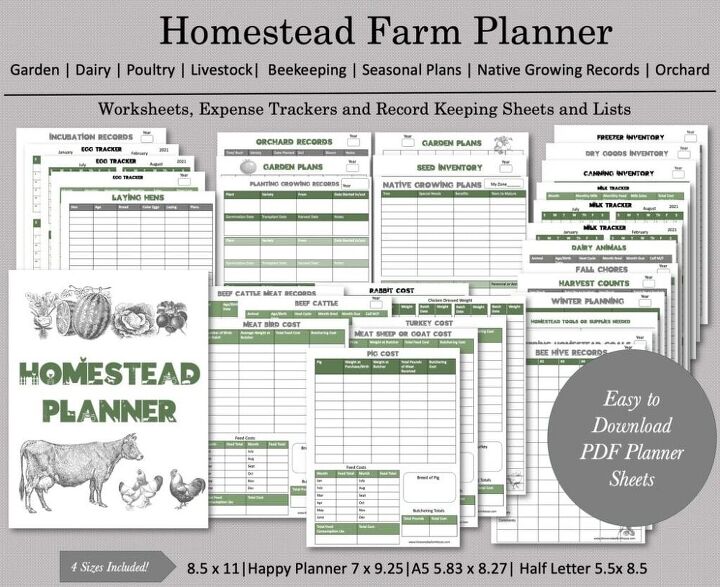













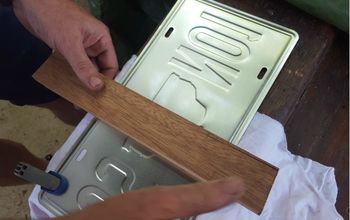
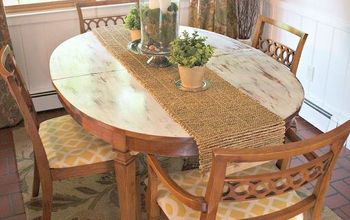





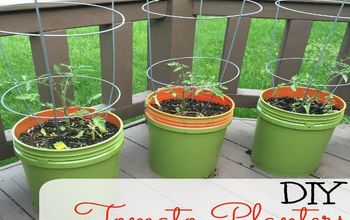

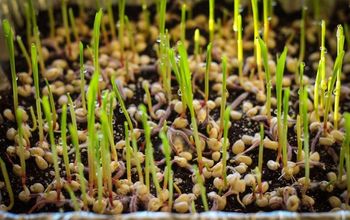

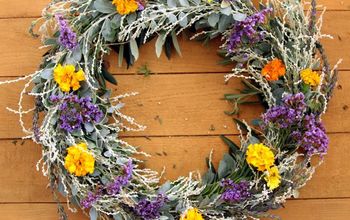






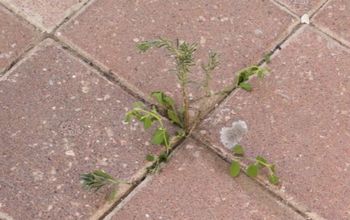
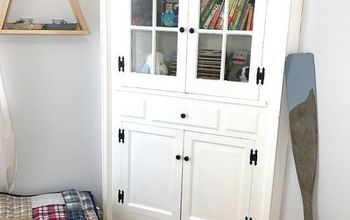
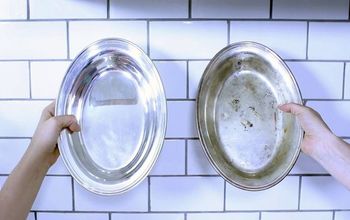
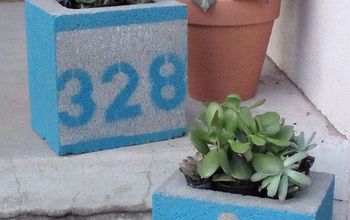

Frequently asked questions
Have a question about this project?